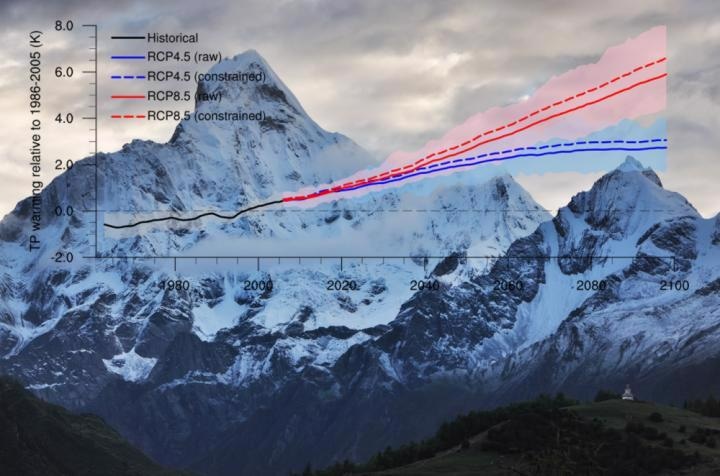Source: Geophysical Research Letters
Mathematical models that simulate the Earth’s climate are essential for predicting future climate change. However, even today’s most sophisticated Earth system models suffer from uncertainties related to the difficulty of simulating small-scale or complex processes, such as the formation of raindrops and the uptake of carbon by plants.
New IT tools could have the potential to address these uncertainties. In a new journal, Schneider et al. sketch out a blueprint for a next-generation climate model that would use advances in data assimilation and machine learning techniques to continuously learn from real-world observations and high-resolution simulations.
This approach gets to the heart of the uncertainty that plagues today’s models: a mathematical technique known as parametrization. Earth system models incorporate atmospheric, oceanic, chemical and biological processes, many of which are too complex or occur at scales too small to be directly simulated (e.g. individual cloud formation). Parameterization allows simplified simulation (eg, statistical description of cloudiness) based on underlying conditions or parameters.
However, the underlying parameters and their precise effects are often uncertain, leading to insufficient parameterization and overall model uncertainty. For example, models with different parameterization strategies give very different estimates of the amount of carbon dioxide in the atmosphere needed to raise the Earth’s surface temperature by 2°C, with critical implications for policy decisions.
To improve the parameterization, the researchers propose to develop Earth system models that learn from the rich datasets now available (thanks, in large part, to satellite observations) and high-resolution simulations at local scales. Earlier models incorporated this information, but the new model could use modern computational capabilities, including machine learning techniques, to mine and learn from various data. This capability would allow a model to continually update and improve on-the-fly parameterization approaches, with the potential to improve climate predictions and short-term weather forecasts.
The challenges of this approach include the need to innovate in machine learning algorithms and to balance the computational cost of high-resolution simulations with the value of the information they provide. Nevertheless, the researchers believe that a new computational approach to climate modeling can and should start now. (Geophysical Research Letters, https://doi.org/10.1002/2017GL0761012017)
—Sarah Stanley, freelance writer
Quote:
Stanley, S. (2018), Next-generation climate models could learn, improve on the fly, Eos, 99, https://doi.org/10.1029/2018EO093857. Posted March 21, 2018.
Text © 2018. The authors. CC BY-NC-ND 3.0
Unless otherwise stated, images are subject to copyright. Any reuse without the express permission of the copyright holder is prohibited.




